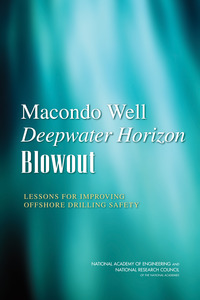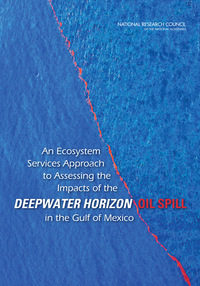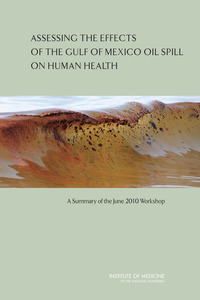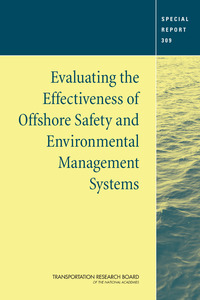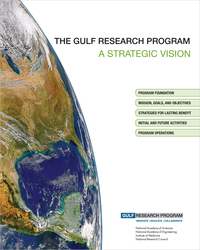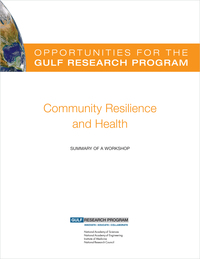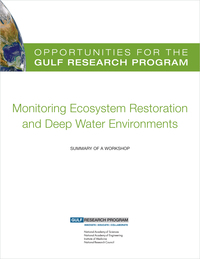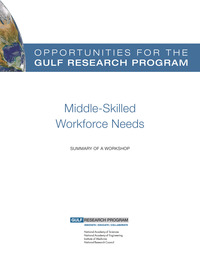During an emergency, alerts and warnings can mean the difference between life and death. Our reports explore the critical role of communication and make recommendations to improve systems and procedures. All are free to download.
Emergency Alert and Warning Systems: Current Knowledge and Future Research Directions
Following a series of natural disasters, including Hurricane Katrina, that revealed shortcomings in the nation’s ability to effectively alert populations at risk, Congress passed the Warning, Alert, and Response Network (WARN) Act in 2006. …
Integrating Social and Behavioral Sciences Within the Weather Enterprise
Our ability to observe and forecast severe weather events has improved markedly over the past few decades. Forecasts of snow and ice storms, hurricanes and storm surge, extreme heat, and other severe weather events are made with greater accuracy, …
Communicating Science Effectively: A Research Agenda
Science and technology are embedded in virtually every aspect of modern life. As a result, people face an increasing need to integrate information from science with their personal values and other considerations as they make important life …
Many coastal areas of the United States are at risk for tsunamis. After the catastrophic 2004 tsunami in the Indian Ocean, legislation was passed to expand U.S. tsunami warning capabilities. Since then, the nation has made progress in several …
Following an earlier NRC workshop on public response to alerts and warnings delivered to mobile devices, a related workshop was held on February 28 and 29, 2012 to look at the role of social media in disaster response. This was one of the first …
Geotargeted Alerts and Warnings: Report of a Workshop on Current Knowledge and Research Gaps
Geotargeted Alerts and Warnings: Report of a Workshop on Current Knowledge and Research Gaps is the summary of a February, 2013 workshop convened by the Computer Science and Telecommunications Board of the National Research Council to …
Engaging the Public in Critical Disaster Planning and Decision Making: Workshop Summary
Engaging the Public in Critical Disaster Planning and Decision Making is the summary of a workshop held in March 2013 to discuss the key principles of public engagement during the development of disaster plans, the response phase, and during the …
Disaster Resilience: A National Imperative
No person or place is immune from disasters or disaster-related losses. Infectious disease outbreaks, acts of terrorism, social unrest, or financial disasters in addition to natural hazards can all lead to large-scale consequences for the nation …
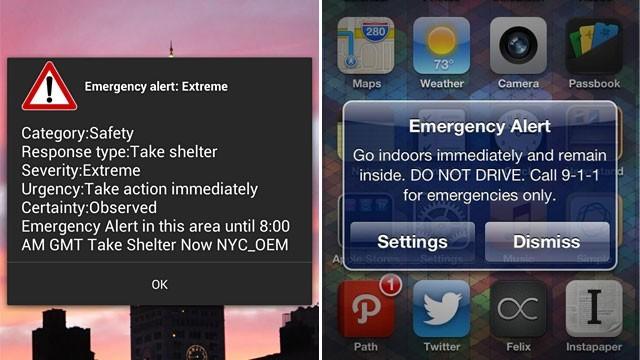








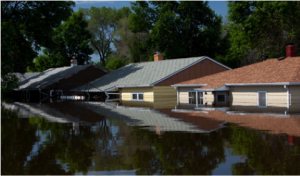 According to FEMA, floods are the most common and costly natural disaster in the United States. Property owners who live in communities that participate in the National Flood Insurance Program (NFIP) can purchase affordable protection to protect against loss. The NFIP is a cornerstone in the U.S. strategy to assist communities to prepare for, mitigate against, and recover from flood disasters. At the request of Congress, several recent reports have examined the current state of the program and options to improve it. These books and others on floods and disaster resilience are all free to download.
According to FEMA, floods are the most common and costly natural disaster in the United States. Property owners who live in communities that participate in the National Flood Insurance Program (NFIP) can purchase affordable protection to protect against loss. The NFIP is a cornerstone in the U.S. strategy to assist communities to prepare for, mitigate against, and recover from flood disasters. At the request of Congress, several recent reports have examined the current state of the program and options to improve it. These books and others on floods and disaster resilience are all free to download. 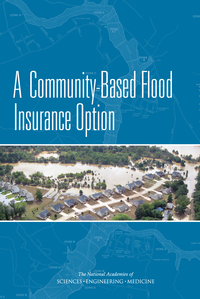
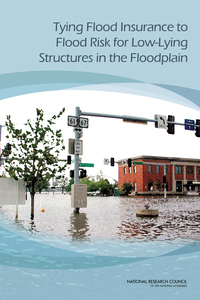
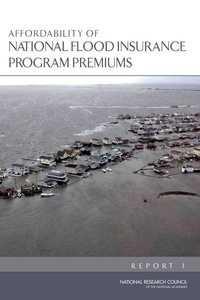
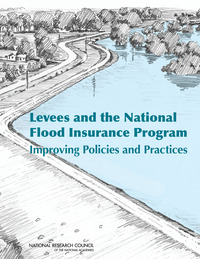
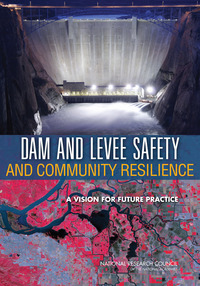
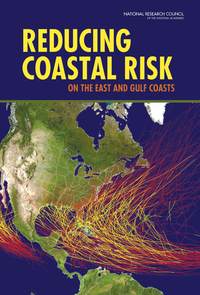
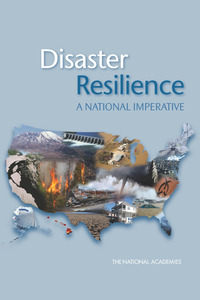
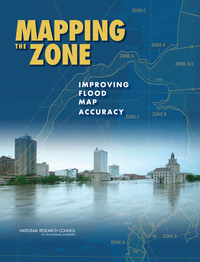
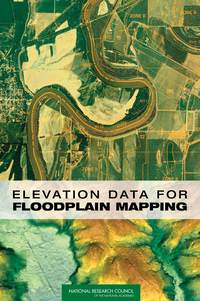
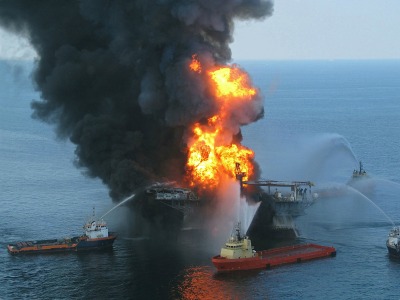 Five years ago today, firefighters were struggling in vain to extinguish a fire on the Deepwater Horizon oil rig in the Gulf of Mexico. The blowout of the Macondo well caused the explosion on the Deepwater Horizon oil rig, killing 11 crewmen and igniting a fireball visible from 40 miles away. On 22 April 2010, Deepwater Horizon sank, leaving the well gushing at the seabed and causing the largest oil spill in U.S. waters. It would be nearly three months before the well could be completely killed, during which time, nearly 5 million barrels of oil spilled into the gulf. Reports from the National Research Council, National Academy of Engineering, Institute of Medicine, and Transportation Research Board provided analysis of the spill and guidance for policy making, health care monitoring, and environmental protection. As part of the legal settlements with the companies held responsible, the federal government has asked the National Academy of Sciences to form and administer a 30-year program to enhance oil system safety, human health, and environmental resources in the Gulf of Mexico and other U.S. continental shelf areas where offshore oil and gas exploration and production occur or are under consideration. Reports from the Gulf Research Program focus on research and development, education and training, and environmental monitoring. All are free to download.
Five years ago today, firefighters were struggling in vain to extinguish a fire on the Deepwater Horizon oil rig in the Gulf of Mexico. The blowout of the Macondo well caused the explosion on the Deepwater Horizon oil rig, killing 11 crewmen and igniting a fireball visible from 40 miles away. On 22 April 2010, Deepwater Horizon sank, leaving the well gushing at the seabed and causing the largest oil spill in U.S. waters. It would be nearly three months before the well could be completely killed, during which time, nearly 5 million barrels of oil spilled into the gulf. Reports from the National Research Council, National Academy of Engineering, Institute of Medicine, and Transportation Research Board provided analysis of the spill and guidance for policy making, health care monitoring, and environmental protection. As part of the legal settlements with the companies held responsible, the federal government has asked the National Academy of Sciences to form and administer a 30-year program to enhance oil system safety, human health, and environmental resources in the Gulf of Mexico and other U.S. continental shelf areas where offshore oil and gas exploration and production occur or are under consideration. Reports from the Gulf Research Program focus on research and development, education and training, and environmental monitoring. All are free to download.